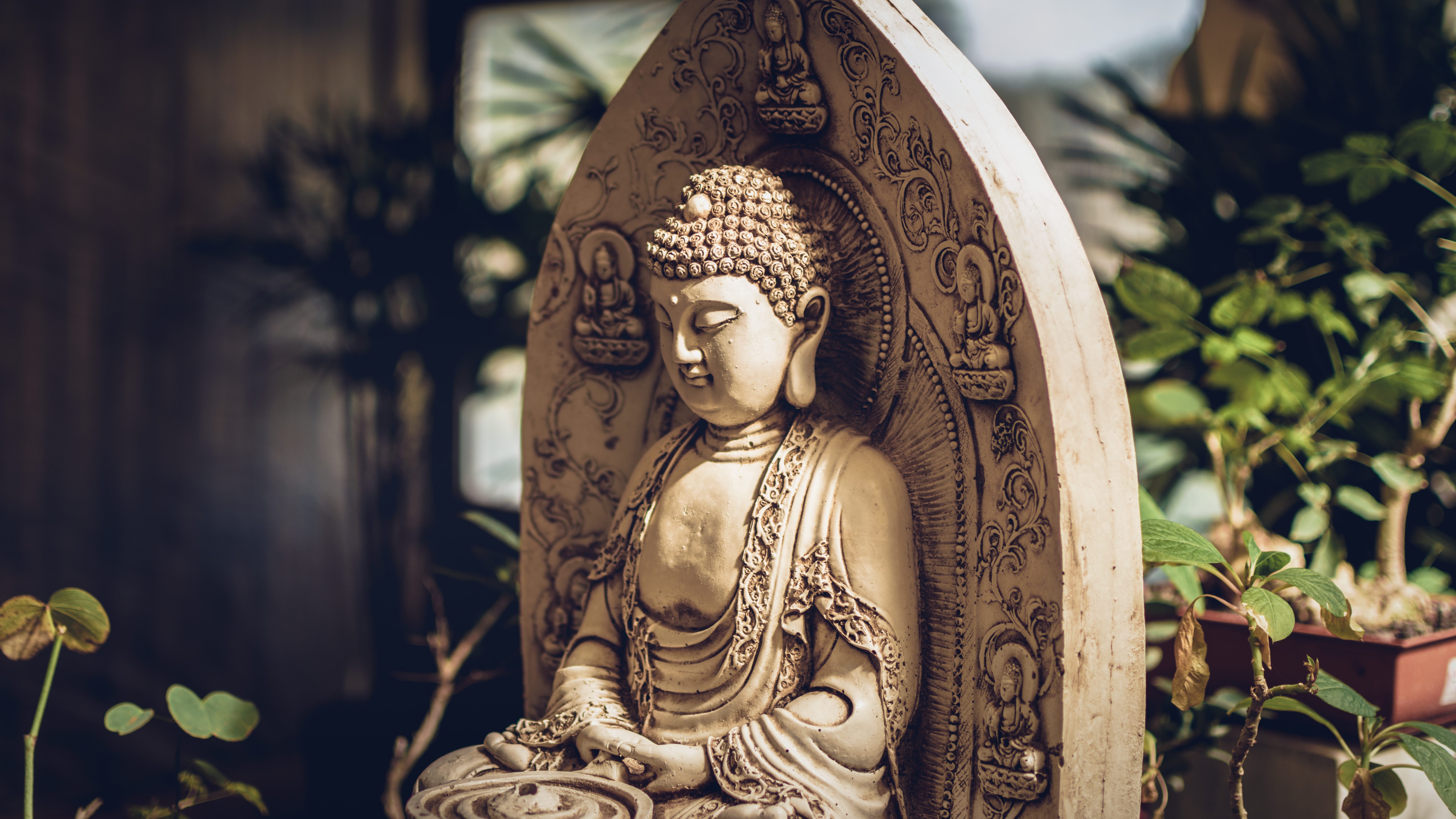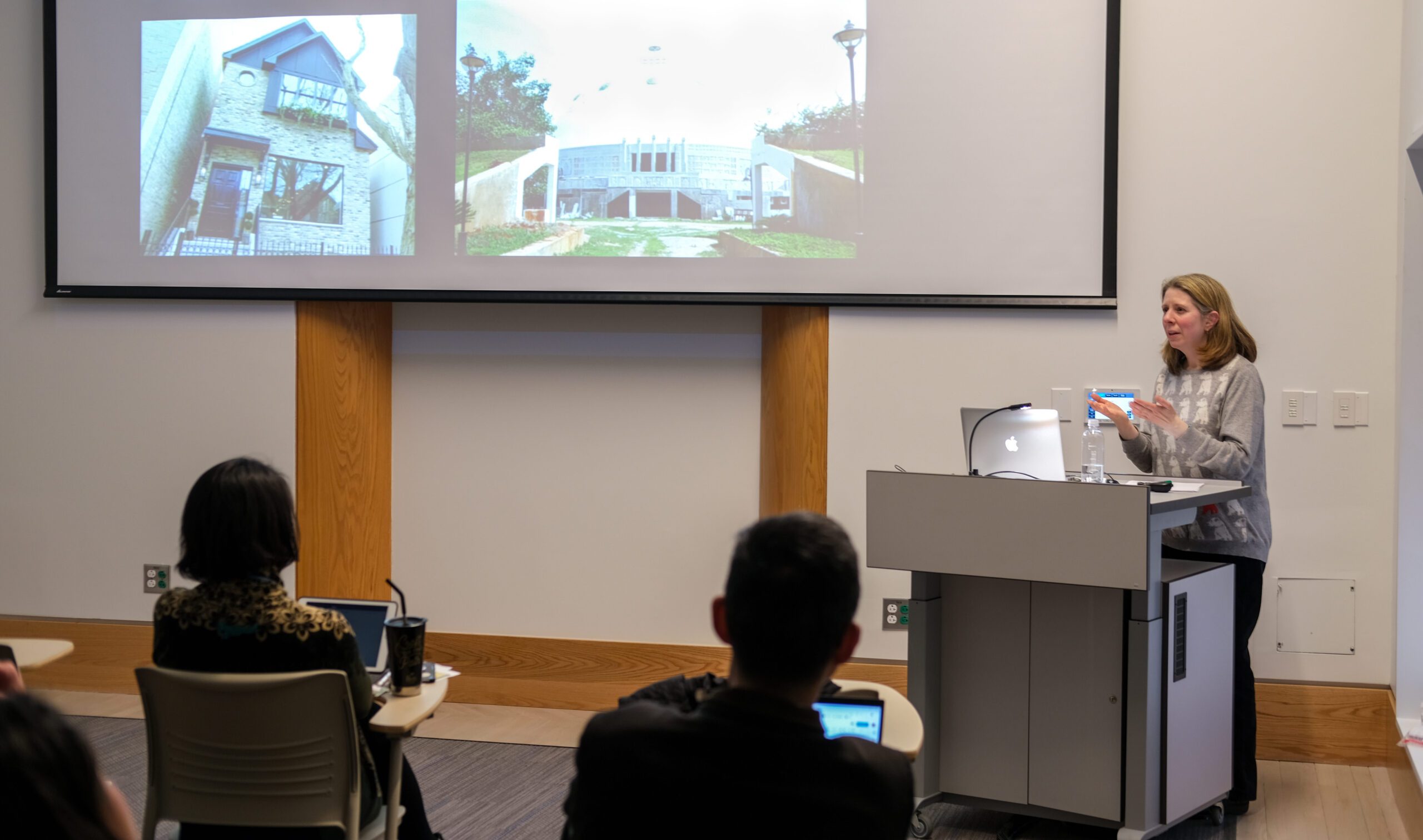
By Louis Copplestone
Professor Catherine Becker of the University of Illinois, Chicago recently visited the Department of History of Art and Architecture at Harvard to give a talk to faculty, students, and visitors. Her discussion, entitled “Propagating The Sacred: Considering Acts of Reproduction in Buddhist Sculpture in India and Sri Lanka,” brought together strains of her earlier research on the early Buddhist art of Andhra and her more recent interests in the contemporary presentation of India’s heritage sites. She focused on the repetition of key motifs and imagery in stone sculpture from around the second and third centuries CE across Buddhist sites presently in Andhra Pradesh, Telangana, and Sri Lanka.
While the repetition of motifs in early Buddhist art has often been presented as a result of declining innovation on the part of artists or as an inevitable outcome of the merit-making function of Buddhist sculpture, Professor Becker worked this material into a new model formulated around the literal and metaphorical reduplication of the Bodhi tree — the tree under which the Buddha Sakyamuni is understood to have attained awakening. This tree has, in seeds and cuttings, been transmitted back and forth between the Mahabodhi Temple at Bodhgaya in Bihar, India, and other sites across southern Asia. These process as produced a number Bodhi trees that are at once the same but formally varied.

Professor Catherine Becker discusses Buddhist sculpture at her recent lecture at Harvard.
Having presented this intriguing model for the diffusion of Buddhist imagery, Professor Becker brought historical material into dialogue with recent developments at Buddhist heritage sites in the states of Andhra Pradesh and Telangana, where a surprisingly large array of artworks (not limited to that produced in a Buddhist context) has recently been reproduced and brought together.
Louis Copplestone is a second-year graduate student in the Department of History of Art and Architecture at Harvard University.
